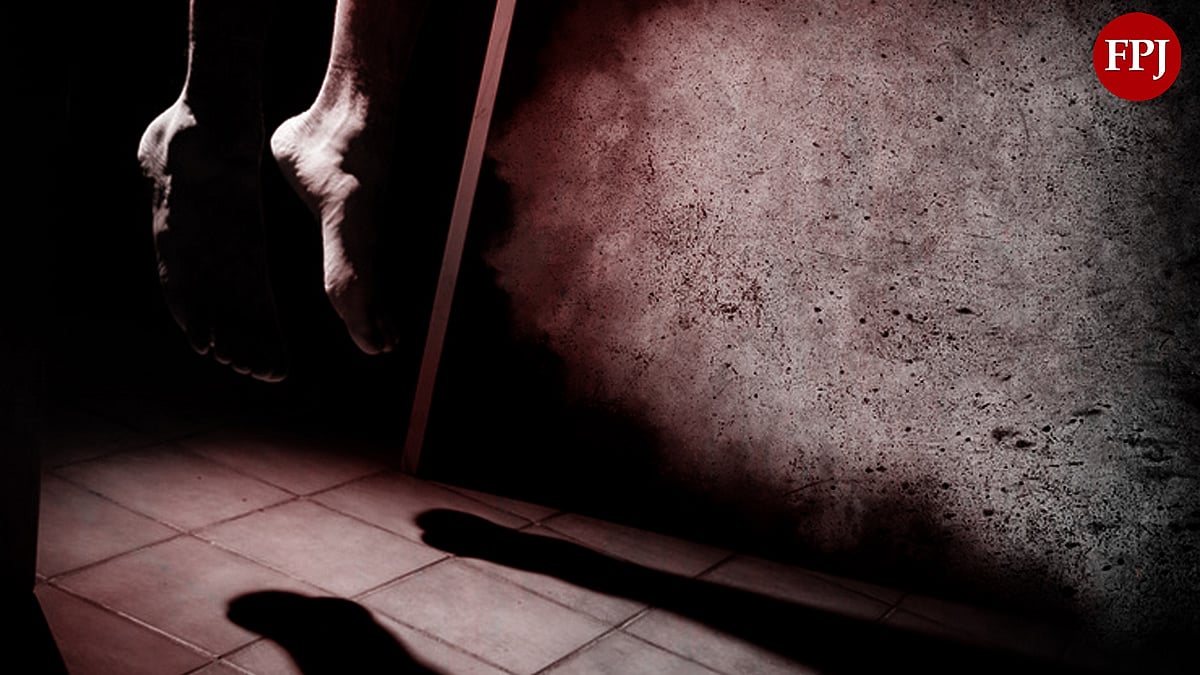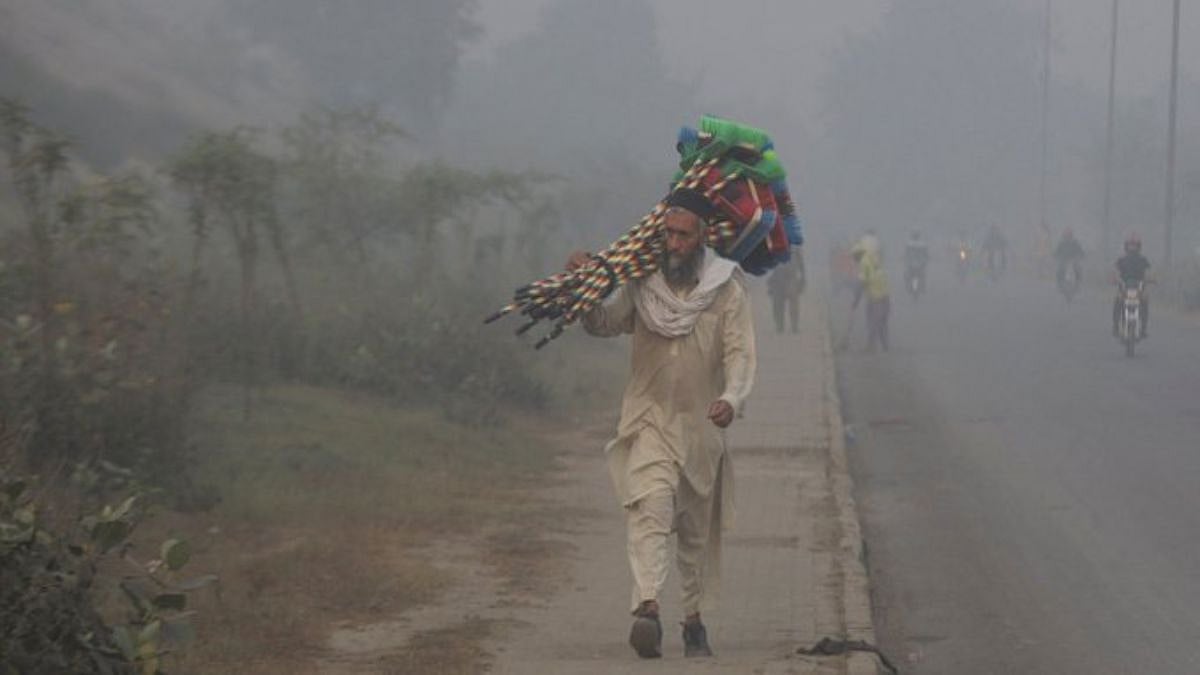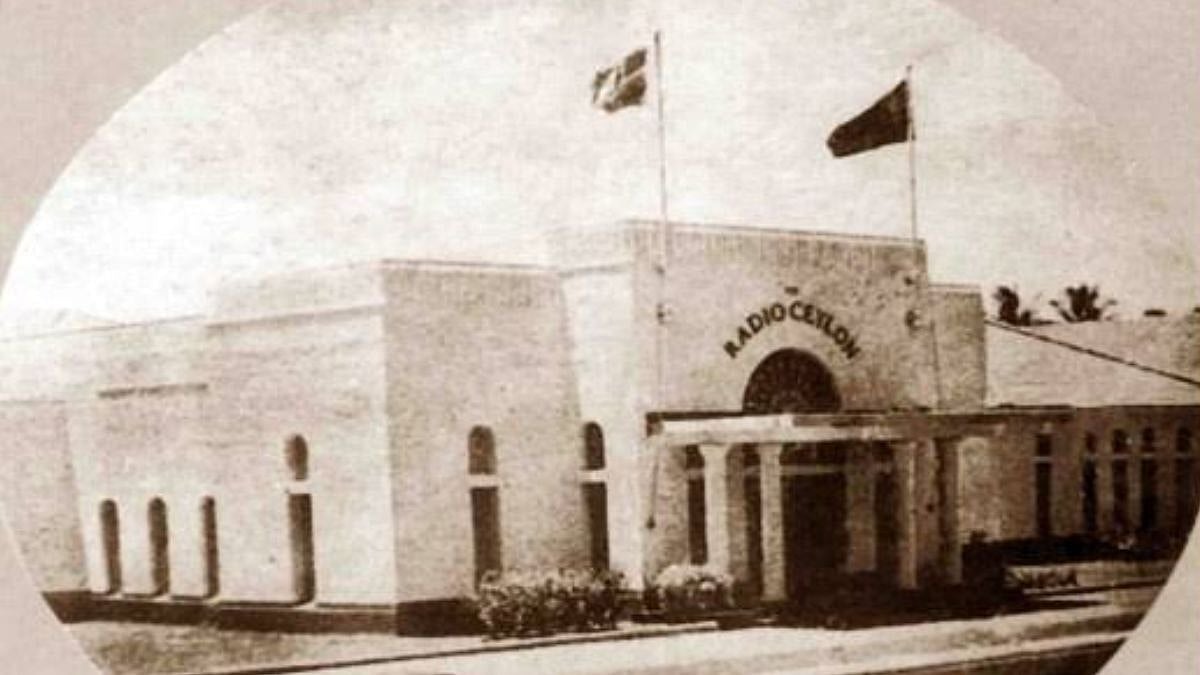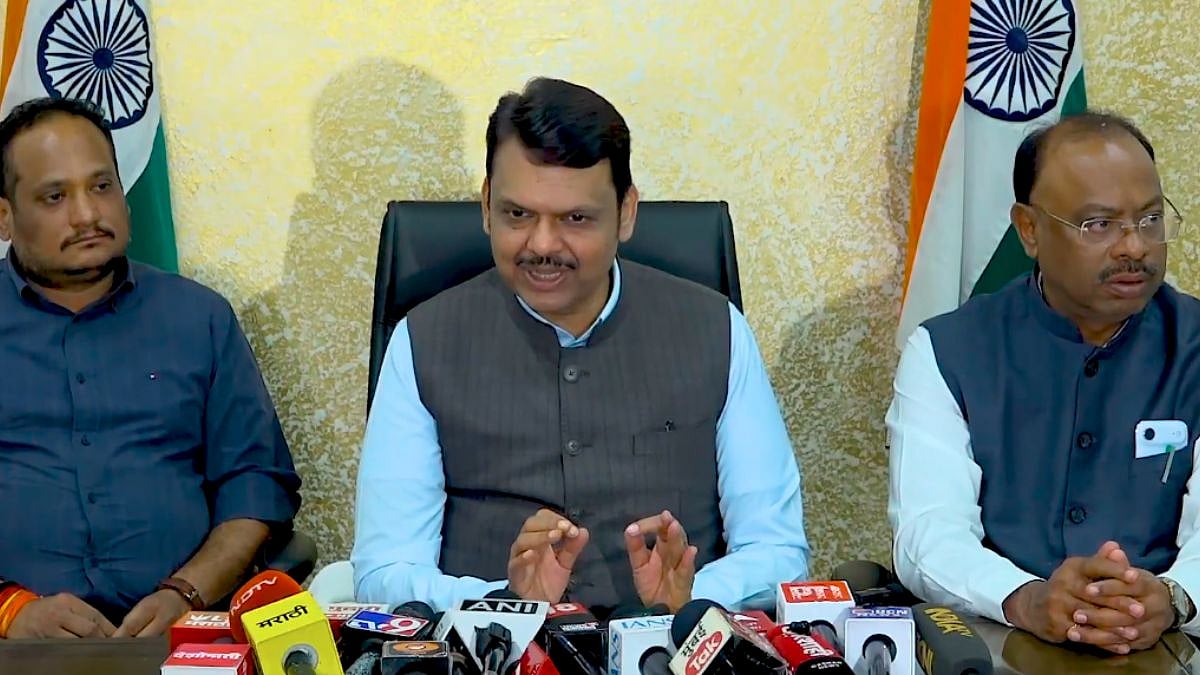What is supreme in a modern constitutional democracy? Law of the land or grievances over the medieval past sought to be resolved under the guise of faith and the right to worship at contested religious sites? The answer is simple and straight, no matter the claims of mythology, belief, and stories of medieval capture. Complex sediments of history cannot be fixed with claims and counter-claims allowed to fester for years and decades without proclaiming a break from the past. It is in this context that the Places of Worship (Special Provisions) Act, 1991, needs to be reread and its purpose re-emphasised to bring a sense of closure to the past.
India was not a constitutional democracy before August 15, 1947. There was no rule of law in 1699 when a temple was allegedly destroyed on orders of Aurangzeb where the Gyanvapi mosque stands today. The medieval polity was quite different from the modern political entity that India is today. But such is our angst against historical “wrongs” that we want to revisit the medieval era, again and again, to correct historical “injustice”, even though we live in a modern democracy with constitutional values. Such is our sorrow that we care less about modern laws to raise issues of the past when the rule of law did not exist and the polity was characterised by the expansionist zeal of the zealots.
Still, attempts are being made to rake up the past, which appear to be a part of an agenda to raise and agitate the issues relating to places of worship that were said to be converted many centuries ago. It is another matter that such efforts are causing deep communal divides and serious injuries to peace and harmony and undermining the country’s social and political fabric. On the face of it, the legal course adopted in the case of dispute over the Gyanvapi mosque not only appears to be in conflict with the provisions of the Places of Worship Act, the local court in Varanasi, before calling the videography survey report, also seems to have sidestepped the issue pertaining to the application of the Act in the case.
The Places of Worship Act was legislated by parliament at the height of the Ram Janmabhoomi movement. It was opposed by the BJP, the political face of the movement then. The Act was introduced as a measure to provide and develop glorious traditions of love, peace, and harmony. The object of the Act is to prohibit conversion of any place of worship and to provide for the maintenance of the religious character of any such place as it existed on the 15th day of August 1947. The purpose behind the Act was to check and control communal hatred while claiming rights over Ram Janmabhoomi-Babri Masjid and several other places of worship.
Though the Ram Janmabhoomi-Babri case was excluded from the ambit of the Act, significantly, the Act covered all other disputed sites to which Hindu groups had raised a claim, including in Mathura and Varanasi. Section 3 of the Act extends the prohibition of conversion of any place of worship and also bars the conversion, in full or part, of a place of worship of any religious denomination into a place of worship of a different religious denomination, or even a different segment of the same religious denomination. Section 4(2) of the Act says any suit or legal proceeding with respect to the conversion of the religious character of any place of worship existing on August 15, 1947, pending before any court, shall abate and no fresh suit or legal proceeding shall be instituted.
The demolition of the Babri Masjid was described by the Supreme Court (SC) as a criminal act in its 2019 judgment that gave the site where the mosque stood to the Hindu petitioners. In its order, the SC made a detailed reference to the Places of Worship Act, 1991. It said “the State, has by enacting the law, enforced a constitutional commitment and operationalised its constitutional obligations to uphold the equality of all religions and secularism which is a part of the basic features of the Constitution”. The Court concluded that the Places of Worship Act “imposes a non-derogable obligation towards enforcing our commitment to secularism under the Indian Constitution”.
Neither the Places of Worship Act is ambiguous, nor the Supreme Court was vague in its observations about the purpose and object of the Act which is binding on everyone, including the lower courts. But the question is whether the Kashi Gyanvapi dispute or the Mathura Shahi Idgah row, like the Babri dispute earlier, is essentially about the law or history, or is it about the needs of majoritarian politics? The answer is pretty obvious. After all, the fuel of Hindutva is grievance and the BJP is equally dependent on history to provide a reservoir of grievances to shape its politics.
While the polarising temple-mosque discourse suits the saffron party politically, the predicament for the BJP is that being in power it cannot be an active participant in any demand and attempt to change the religious character of a religious place, be it the Gyanvapi mosque or the Shahi Idgah; it would rather prefer the law to popular mobilisation and subtle support to active participation. The BJP has the numbers to amend the Places of Worship Act, but it’s unlikely to take such a course in view of the consequences. The task to disentangle politics from faith and history is not easy, given the majoritarian sentiment and historical grievances fuelled by the BJP’s Hindutva politics of the last three decades.
Therefore, the key question is: when will India come out of the temple-mosque vortex? The answer is not easy, but the solution for the closure of the past is the Places of Worship Act, which mandates in no uncertain terms that history and its wrongs shall not be used as instruments to oppress the present and the future. But the disputes in Kashi and Mathura seem to threaten the very existence of this law.
(The writer is an independent Mumbai-based senior journalist. He tweets at @ali_chougule)









